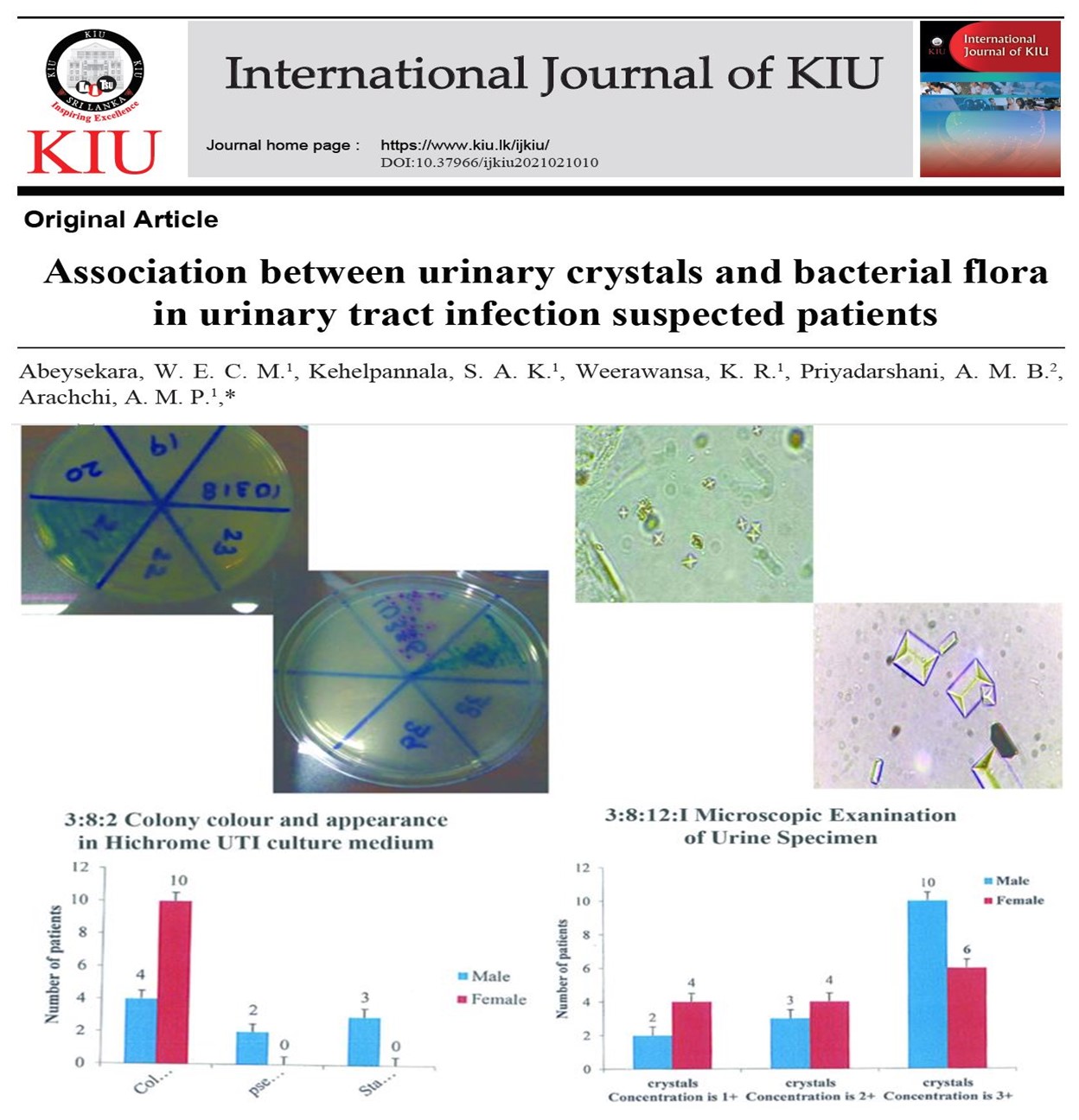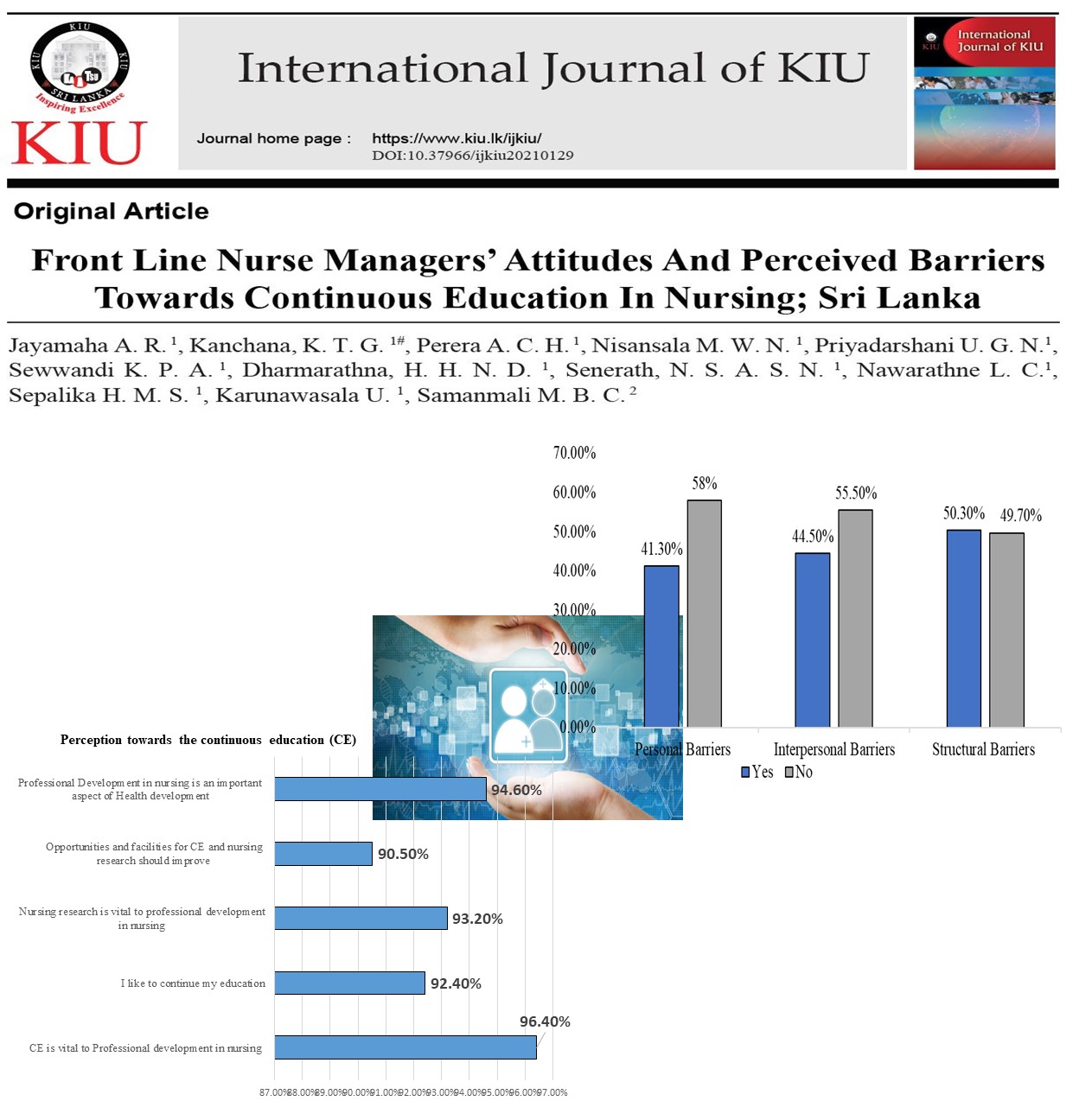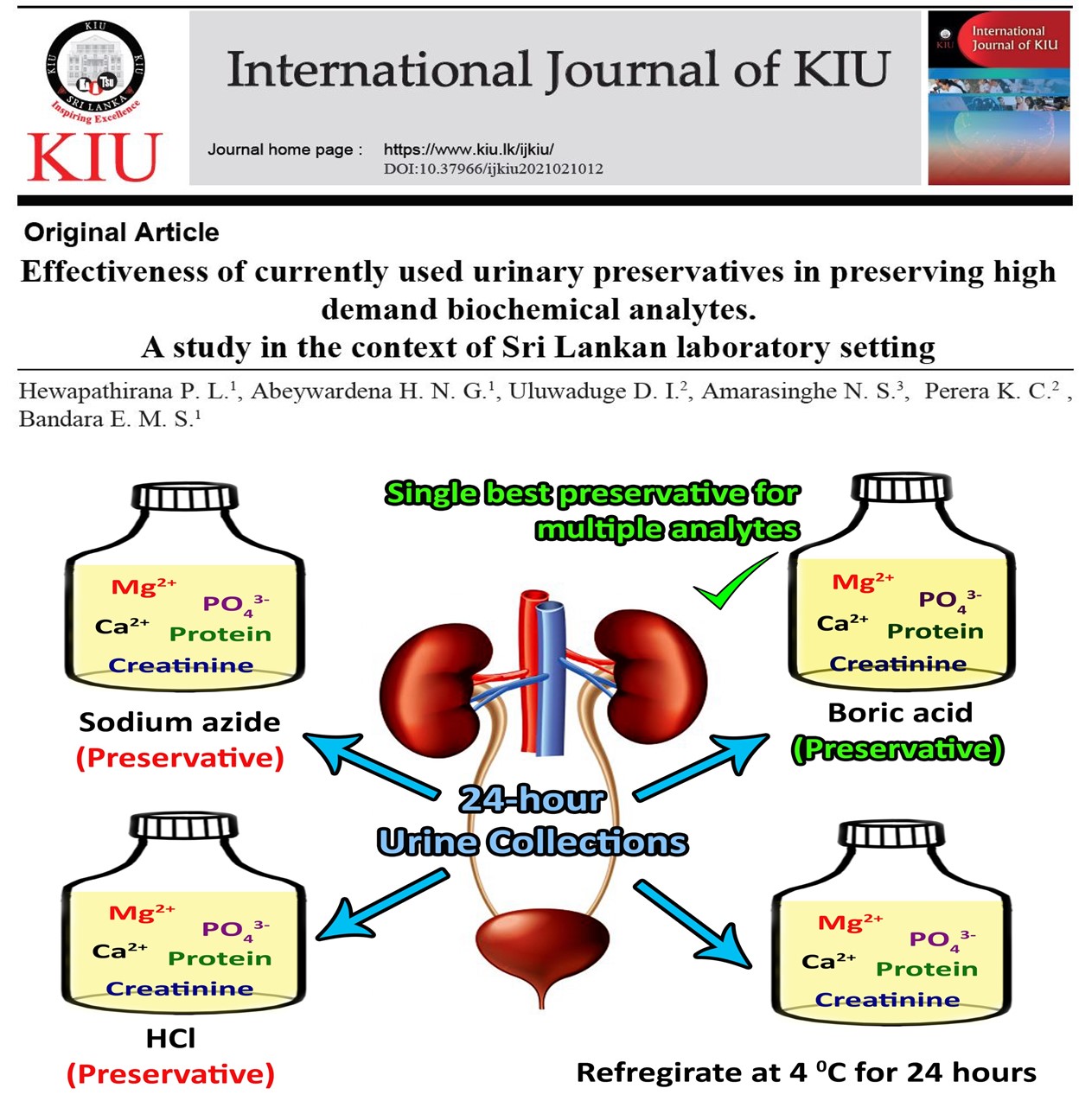Relationship between perceived stress, general self-efficacy and socio-demographic factors of an undergraduate student population in Sri Lanka: A cross-sectional study
Nearly 80% of students in higher education worldwide experience psychological stress during their university life due to various stressors. Stress among students can be viewed as the body’s reaction, both neurologically and physiologically, to adapt to new conditions. Stress can lead to poor academic performance and underachievement among students. The present study assessed the levels of perceived stress, general self-efficacy, and their association with socio-demographic factors among a selected group of undergraduates at a higher educational institute. A descriptive cross-sectional study was performed using stratified random sampling among 393 undergraduates. The data were collected through the Perceived Stress Scale (PSS-10), General Self-Efficacy Scale (GSES) and a questionnaire to determine the socio-demographic factors. The data were analysed using IBM SPSS version 23. The mean age of the sample (n=393) was 22.36±2.33 years. The results showed a mean perceived stress score of 20.72±4.96, indicating moderate perceived stress. The majority of the participants (79.4%) had moderate perceived stress, followed by high stress (12.7%) and low stress (7.4%). There was no significant difference between the stress levels of male and female students. No significant association was observed between perceived stress and socio-demographic factors assessed (age, gender, civil status, residence status, financial status, the program of study, employment prospects) using the chi-squared test. Spearman correlation showed a statistically significant negative correlation between perceived stress levels and general self-efficacy (p<0.001, r = -0.293). Intervention strategies to reduce perceived stress and to improve general self-efficacy should be implemented among the undergraduates. Further studies are needed to understand the factors contributing to stress and their interrelations among undergraduate students.
Keywords
Perceived stress
,
General self-efficacy
,
Higher education









Related Articles